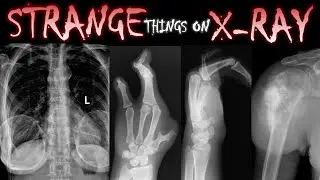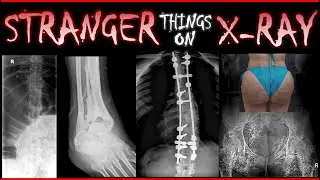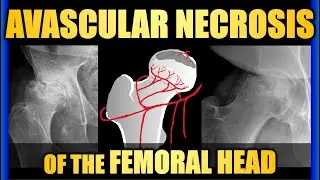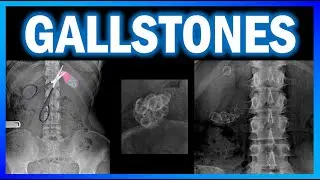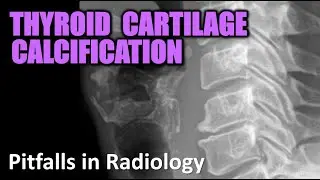How to Save DICOM images 💿💽🖥️
This is a quick video that reviews how to save an image in DICOM or dcm format, rather than a jpeg. There are many different software programs so this video does not resolve everyone's problems, but it should help it most cases.
DICOM, which stands for Digital Imaging and Communications in Medicine, refers to a standard format used for the storage, transmission, and sharing of medical images and associated information. DICOM images are digital images produced by various medical imaging equipment, such as X-ray machines, CT (Computed Tomography) scanners, MRI (Magnetic Resonance Imaging) machines, ultrasound devices, and more. These images are used for medical diagnosis, treatment planning, and patient management.
Here are some key characteristics and features of DICOM images:
Standardized Format: DICOM images are stored in a standardized format that includes both the image data and metadata (information about the image), such as patient demographics, imaging parameters, and acquisition details. This standardization ensures interoperability among different medical imaging devices and software systems.
Compatibility: DICOM images can be viewed and processed using specialized DICOM viewers and software applications. These viewers allow healthcare professionals to analyze and interpret medical images effectively.
Security and Privacy: DICOM incorporates security features to protect patient data and maintain patient privacy. It supports encryption and authentication to secure the transmission of images and patient information.
Multi-Modality Support: DICOM is not limited to a specific type of medical imaging; it supports a wide range of imaging modalities, including radiography, CT scans, MRI scans, ultrasound, nuclear medicine, and more. This allows for comprehensive patient evaluations using different imaging techniques.
Structured Reporting: DICOM enables structured reporting, which means that radiologists and other healthcare providers can include standardized text descriptions, annotations, and measurements along with the images. This enhances the clarity and completeness of the diagnostic information.
Archiving and Retrieval: DICOM images can be archived in Picture Archiving and Communication Systems (PACS) for long-term storage. PACS systems are designed to efficiently manage and retrieve large volumes of medical images, making them readily accessible to authorized healthcare professionals.
3D and Multi-Planar Reconstruction: DICOM images often contain the data needed for three-dimensional (3D) and multi-planar reconstructions, which can be essential for detailed anatomical assessment and surgical planning.
Research and Education: DICOM images are widely used in medical research, education, and training. They can be incorporated into medical textbooks, lectures, and simulation programs to enhance medical learning and research.
Telemedicine and Teleradiology: DICOM images are suitable for transmission over networks, making them valuable for telemedicine and teleradiology applications, where images can be shared and interpreted remotely.
Overall, DICOM images play a crucial role in modern healthcare by facilitating the accurate diagnosis and treatment of medical conditions, as well as enabling the sharing of medical imaging data among healthcare providers and institutions. They are a fundamental part of medical imaging and healthcare informatics.

![[FREE] SLIMESITO x BEEZYB TYPE BEAT 2022 -](https://images.videosashka.com/watch/1EoTITwenvE)






